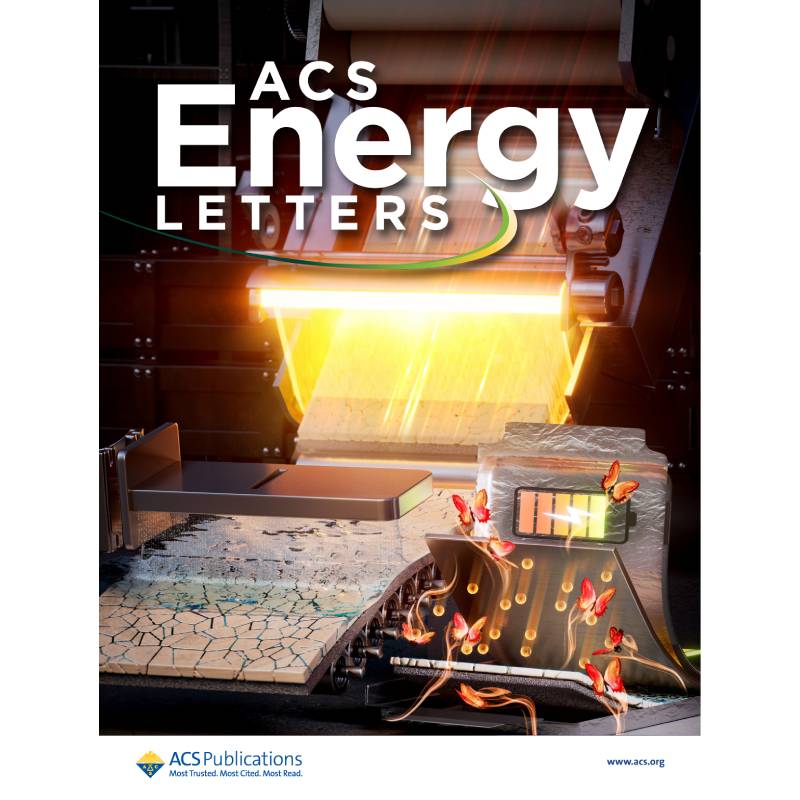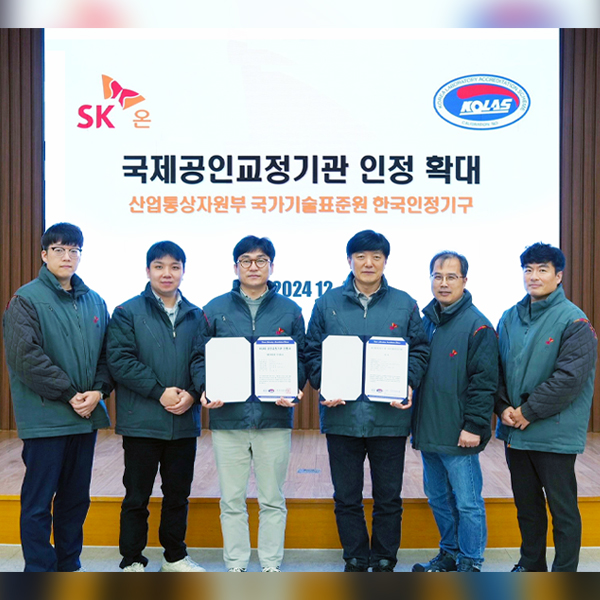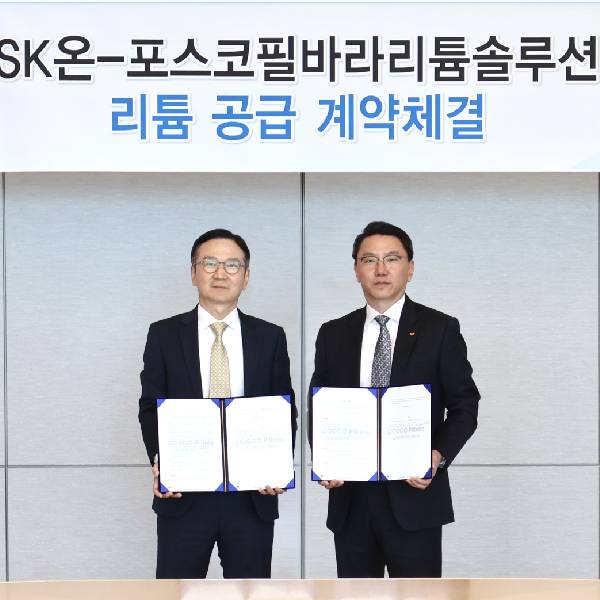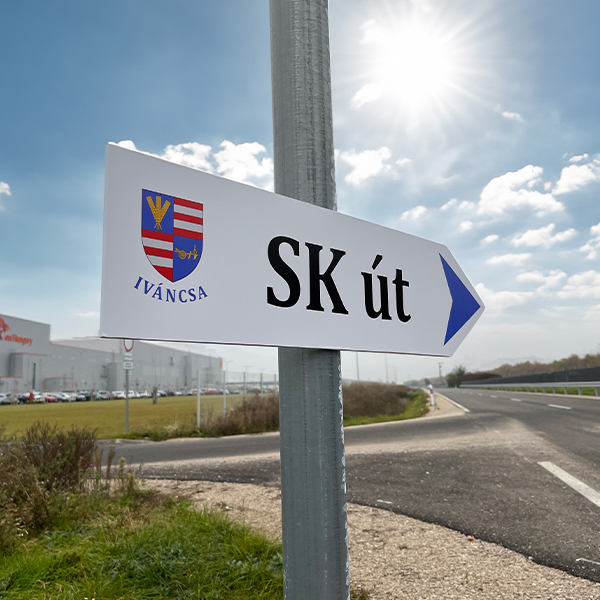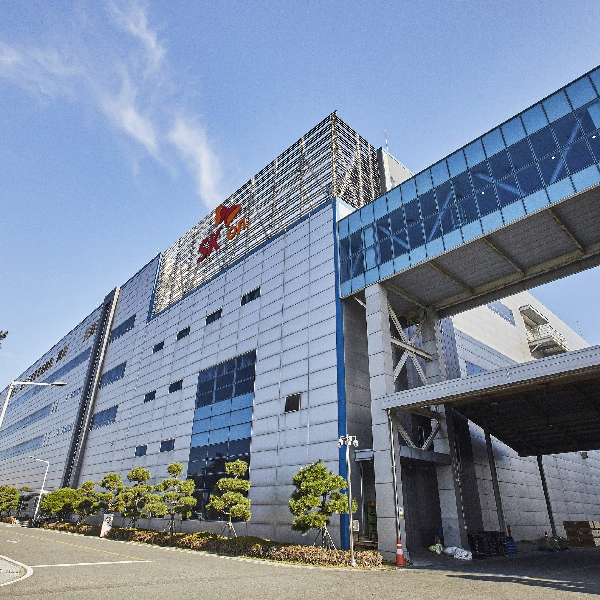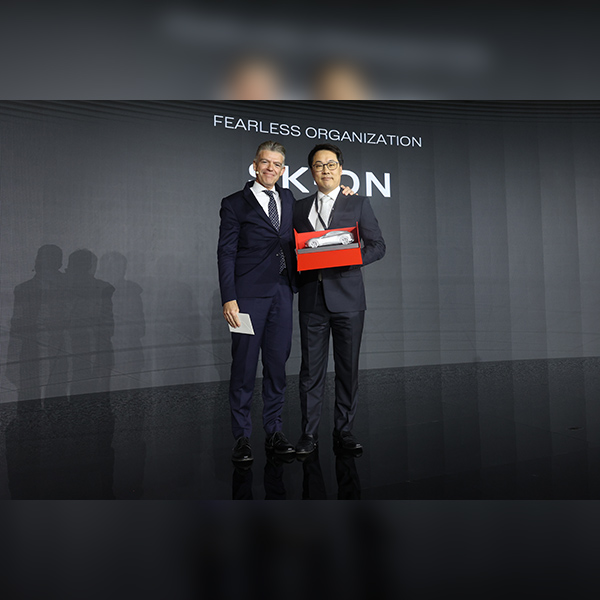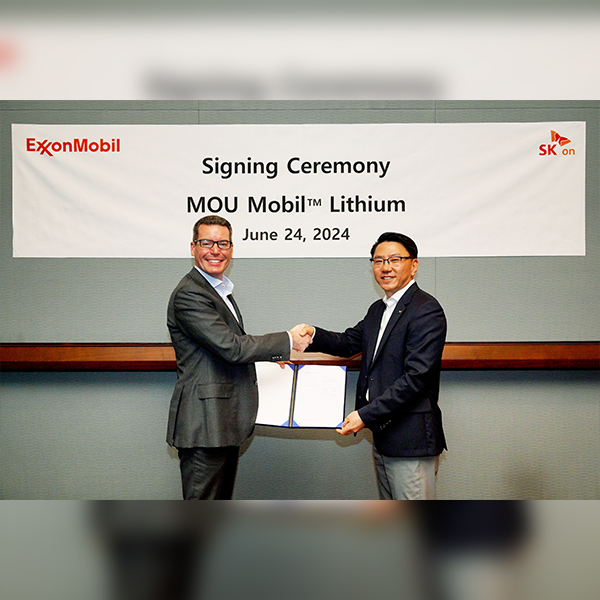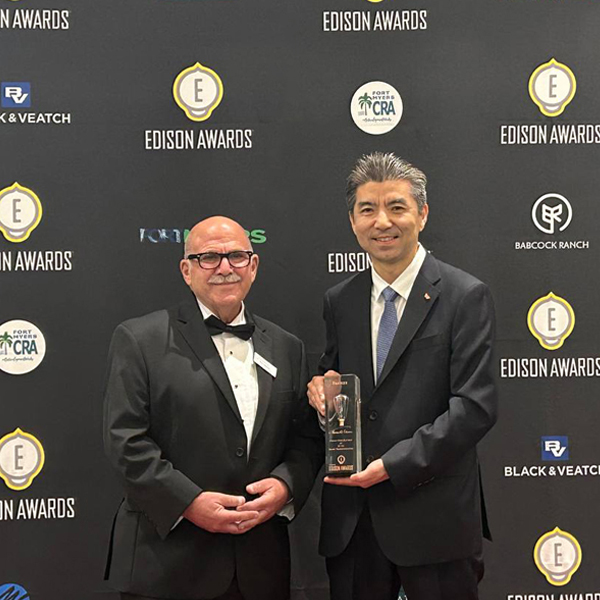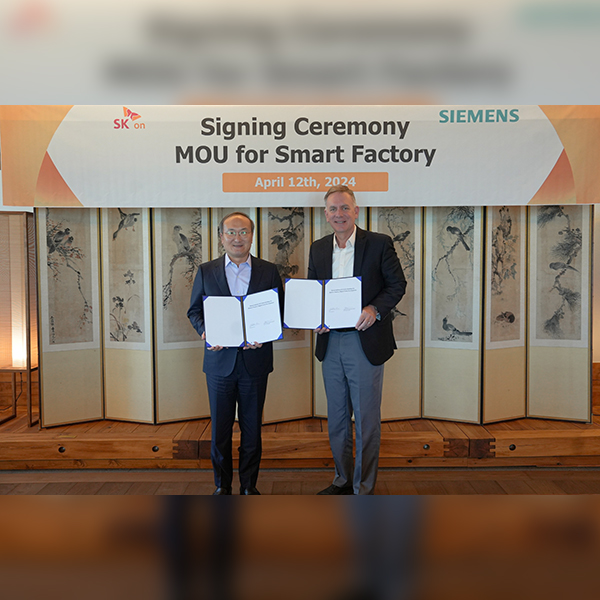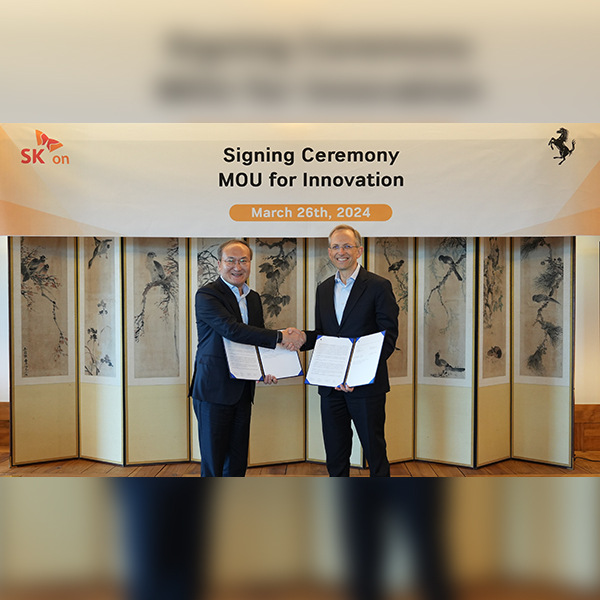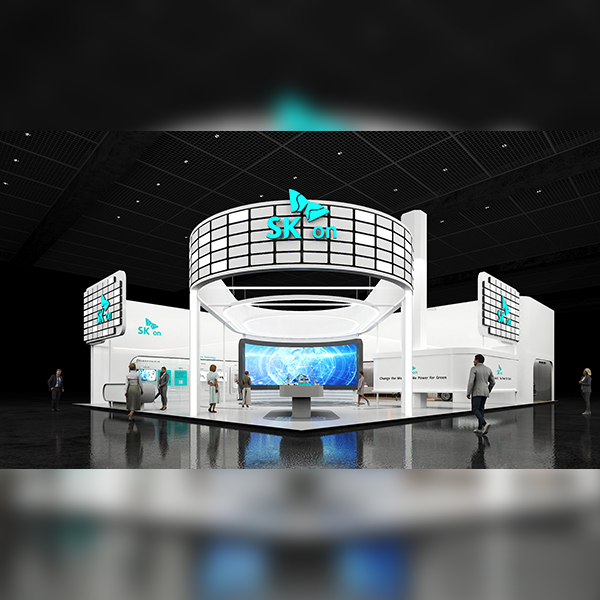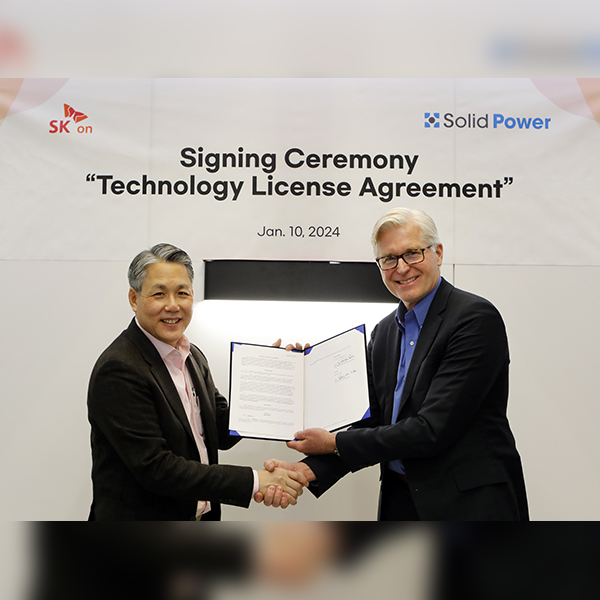 SK On
SK On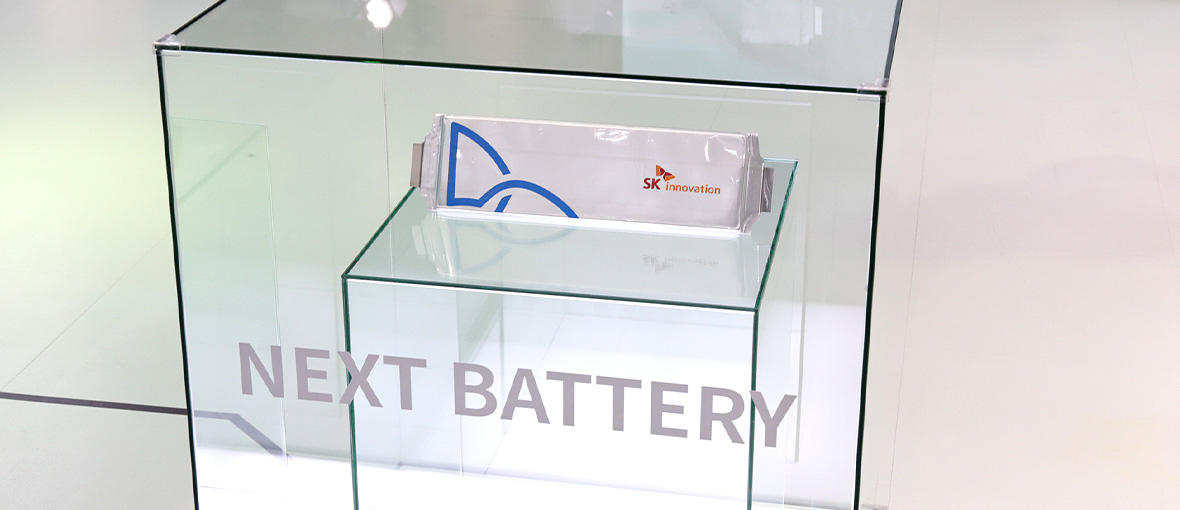
The world is keeping a close eye on the importance of the environment with a focus on Net Zero. The mobility market is also being reshaped with a focus on electric vehicles (EVs), boosting the demand for batteries – the heart of an EV.
Being among the leading players of EV battery market, SK Innovation is proud to produce batteries that show unrivaled safety, which have not caused a single fire after being supplied to approximately 2.5 million EVs. As we explained in the previous post about SK Innovation’s innovative technologies, “Z-folding” is one of the key factors that made the company’s products safe from fire. Today, we will delve into this technology a bit more to fully understand how it works.
| SK Innovation’s pouch-type batteries
Batteries are a major factor in determining the speed and driving range of EVs. They are comprised of anode and cathode materials, separators, and electrolyte. Based on how these components are inserted, EV batteries are sorted into different types with distinctive: prismatic, cylindrical, and pouch.
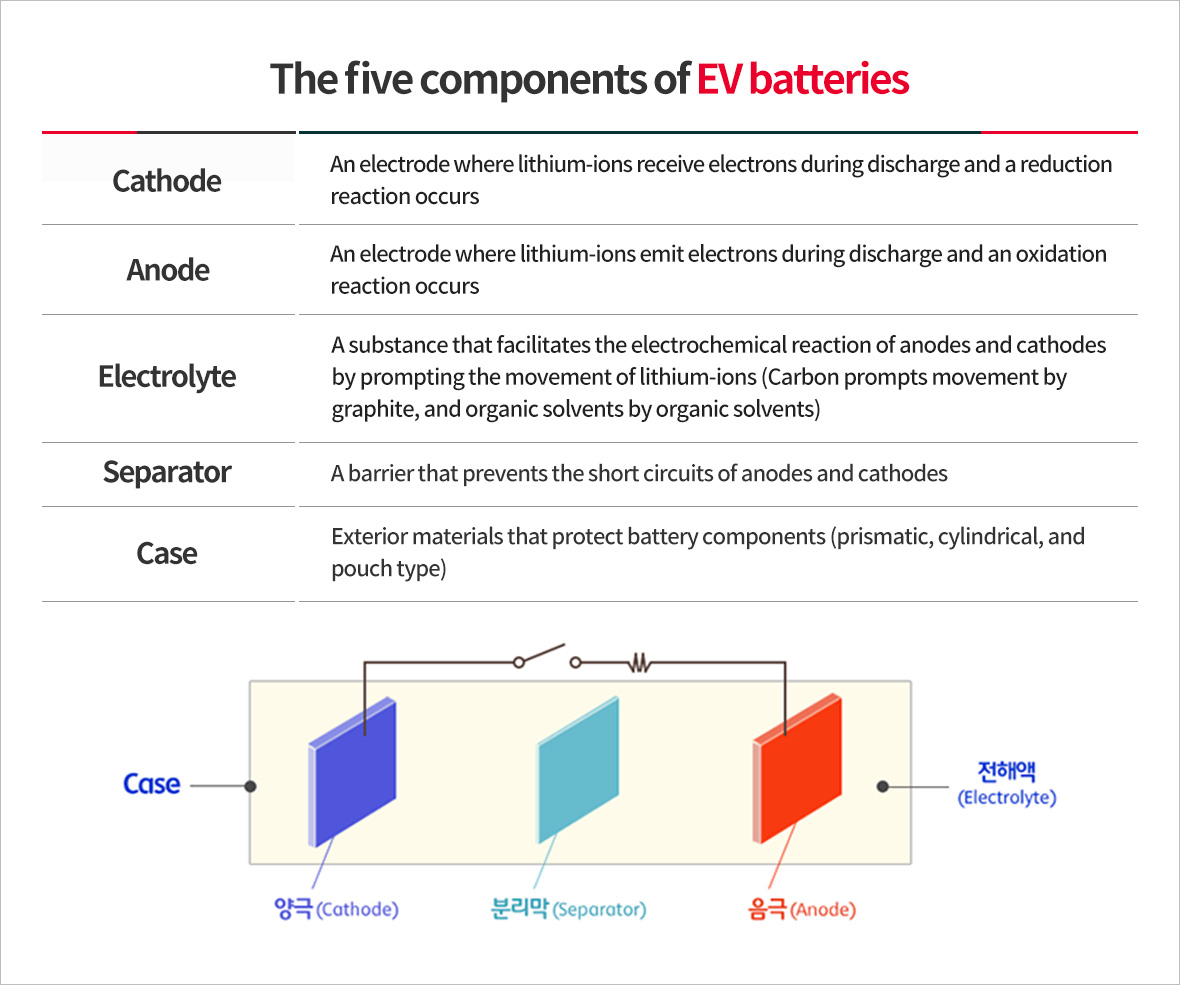
Among the three battery types, SK Innovation is manufacturing “pouch-type batteries.” Pouch-type batteries resemble the form of a pouch, and the batteries are placed in a pouch film. The greatest advantage of a pouch-type is that its high energy density allows a long driving range. Unlike prismatic and cylindrical batteries, pouch-type batteries do not use the jelly roll type winding method. Instead, internal components are densely stacked in multiple layers, improving space efficiency and increasing energy capacity. Also, the exterior of pouch-type batteries is not rigid, so they can be designed in multiple sizes and shapes, and they are foldable and bendable, making them highly functional. In addition, these features make it possible to manufacture relatively light batteries in various shapes required by the automakers.
However, the cases of pouch-type batteries are not as rigid as those of prismatic and cylindrical batteries, so when they are made into modules or packs, supplemental technology is needed.
| The definition of the “Z-folding” technique and what sets it apart from the conventional battery manufacturing method
SK Innovation uses the “Z-folding” technique when stacking the separators inside the battery. Z-folding is a technique where separators are evenly stacked in a zigzag manner to minimize the stress of battery cells and fundamentally prevent the contact between anodes and cathodes that can cause fire.
The other battery manufacturing method involves repeatedly stacking dozens of battery components that are like individual paper sheets in the order of anode-separator-cathode-separator, or rolling them up, and then sealing them with a pouch film (case). The important point in this process is that the edges of the anode, separator, and cathode must not be jagged, they must be precise.
However, the Z-folding technique implemented by SK Innovation pulls out the separator lengthwise without cutting it, and wraps the anode and cathode at once. To put it simply, it is like pulling out a roll of tissue paper (separator) without ripping it, placing a red-colored paper (anode) on top of the tissue, then covering the red-colored paper with tissue from right to left. A blue-colored paper (cathode) is placed on top of the tissue paper, and the tissue paper is placed on the blue-colored paper from left to right. This process is repeated in a zigzag (z-shape) manner.
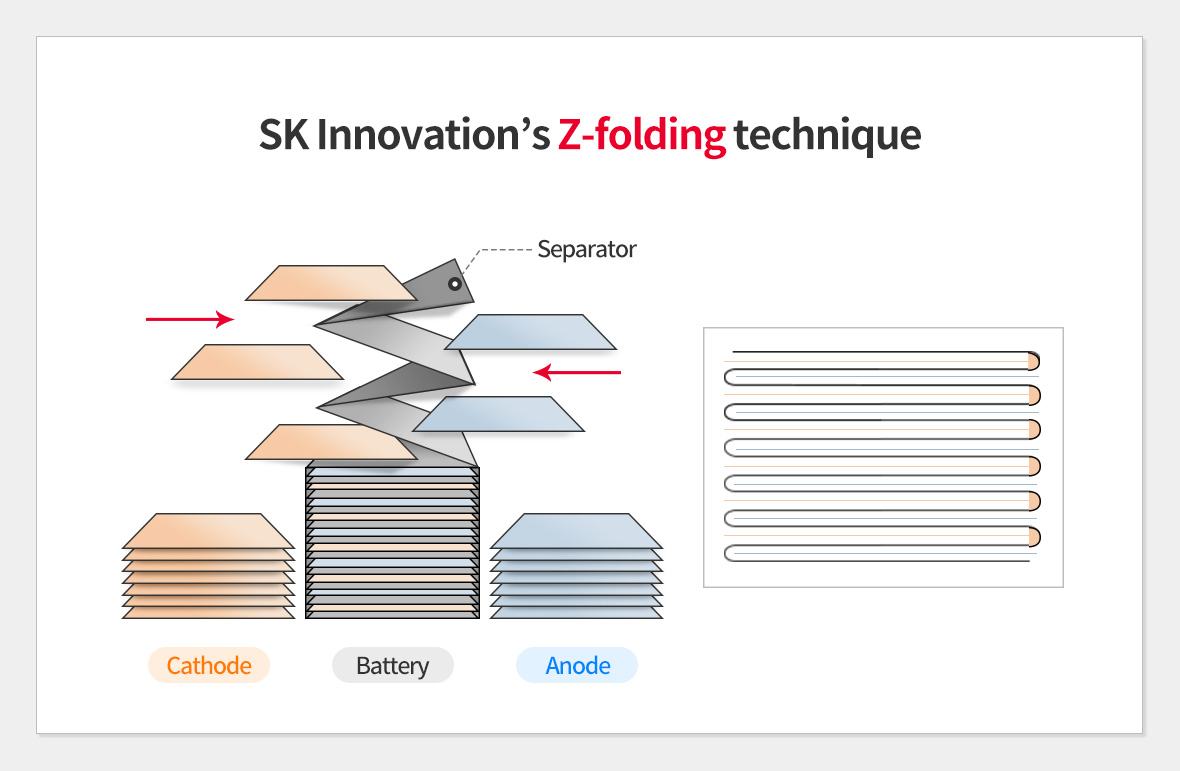
| Advantages of the “Z-folding” technique
The separator zig-zags through the anode and cathode and wraps them with perfect alignment, and therefore allows complete separation. This way, the possibility of the anode and cathode coming into contact on the outer edges is reduced fundamentally. Also fast driving can cause the misalignment of battery components. But this problem does not arise with the “Z-folding” technique, improving safety at the same time.
Even in the high-speed production system, since the separator is manufactured in the form of overlapping separators, higher safety can be secured because it can be manufactured precisely, and there are no problems despite the increased production speed of the battery process.
| The present and future prospects of SK Innovation batteries
In March, market research firm SNE Research said the global EV battery usage of 2020 recorded 144GWh, a 22% increase from the previous year. Among them, the market share of pouch-type batteries is increasing rapidly, accounting for 40GWh, which is 27.8% of total market share, which is a two-fold increase. This is because the demand for pouch-type batteries is rapidly growing as major providers including SK Innovation have expanded their businesses into the European and US markets.
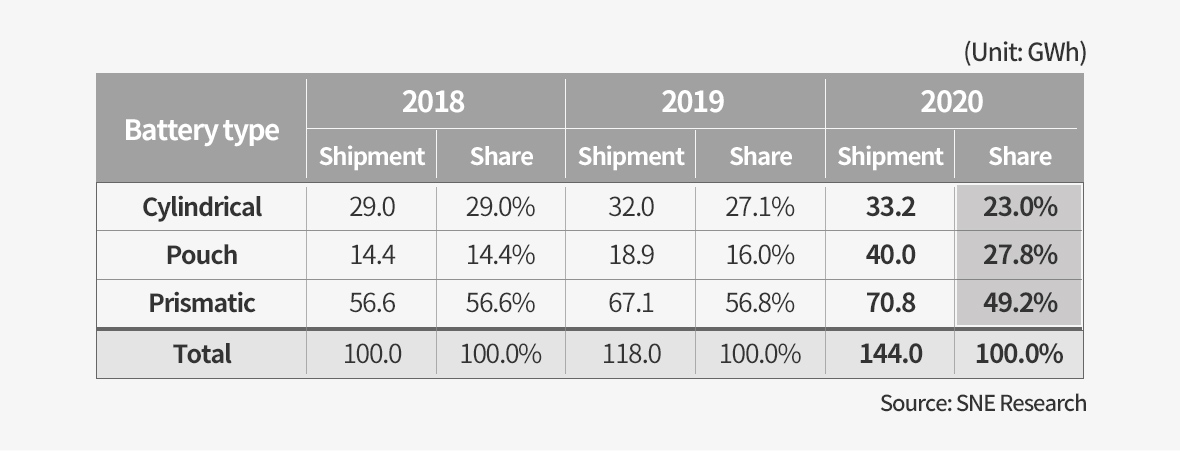
After showing robust growth following 2019, the battery business, the mainstay of SK Innovation’s eco-friendly growth, is setting new sales records each quarter. SK Innovation’s battery business recorded KRW 526.3 billion in sales revenue, up approximately 80% year-on-year (KRW 288.8 billion) according to the company’s 2021 Q1 sales results in May.
In addition to the facilities in China, Hungary, and U.S. Georgia, SK Innovation has signed an MOU with Ford this May to establish a joint venture called “BlueOvalSK” to produce EV batteries. Both companies announced that starting mid-decade, through BlueOvalSK, they will be manufacturing approximately 60GWh in EV battery cells and array modules annually, with the potential to further increase manufacturing capacity afterward.
SK Innovation’s initial goal was to secure a manufacturing capacity of more than 85GWh by 2023 and 125GWh by 2025. But the battery industry forecasts the company’s capacity will reach 190GWh after 2025 thanks to its joint venture with Ford.
SK Innovation continues to grow markedly through its unparalleled battery quality and technology, receiving wide recognition through its expansion into the global market and powerful partnerships with global companies. Moreover, SK Innovation is expected to solidify its top-tier position in the global battery market by further developing innovative technologies involving safety, fast-charging, and long-distance driving.










 Youtube
Youtube Facebook
Facebook Instagram
Instagram Linkedin
Linkedin








